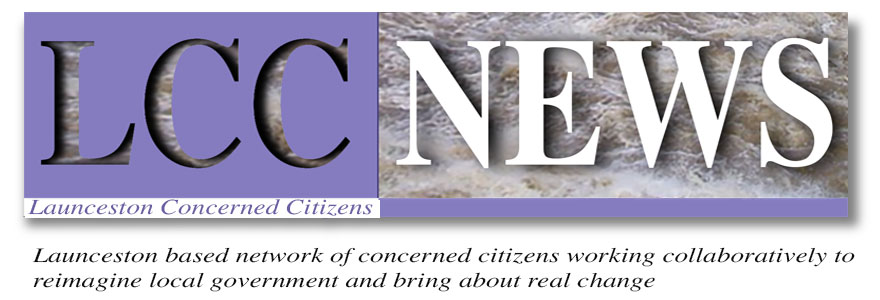22 August
City of Launceston staff survey helps shape council future
Local Ne
City of Launceston council staff do not feel like they connect with the community and region, but do feel they're encouraged to do the best for the municipality.
The results from the staff survey, conducted earlier this year, led to the Seriously Entertain Change Discussion Paper, recently obtained by The Examiner.
Staff said there was a lack of leadership, people under qualified being promoted, and a "jobs for the boys" culture.
"While there was acknowledgment that many issues relating to culture were historical and that the general manager is trying to change it, many comments still focused on improving culture, trust and accountability," the document said.
General manager Michael Stretton said the comments in the document are individual's thoughts, which they're entitled to. He also said that was the point of the survey.
RELATED STORIES:
About 70 per cent of the organisation's nearly 500 full-time staff completed the survey and afterwards took part in group sessions.
Staff "mostly agreed" the council had the right technical skills and knowledge to provide the services needed.
However, when asked if they had the right leadership support to provide the services they needed, most of the 496 respondents disagreed.
Many also cited "critical gaps" in teams, preventing the council from providing the services it needed to.
The creative arts and cultural services team outlined a number of issues: a "huge gap" in occupational health and safety procedures, too much work for time available, undefined roles, disconnect within the council, and said the QVMAG collection was too large for staff to manage.
IN OTHER NEWS:
A number of other departments also said recruiting for roles was hard and took too long. More than half the staff from each directorate felt what they were expected to do was clear.
A total of 502 responses were recorded, with most agreeing with the statement. Staff also said they believed they worked well with other departments.
The question around being "flexible and adaptive to changing community needs" received mixed responses.
In an "overwhelming" response, staff cited a need for better collaboration between the directorates, along with a focus on digitisation and technology adoption, and better planning and services.
Staff also had the opportunity to express ideas to make the council "fit for the future".
Members of the public also took part in the survey. Public participants "broadly felt positive" about the services provided by the facilities management team.
The community "spoke favourably" about the innovation and openness of the creative arts and cultural services.
However, they said the council was lacking a "single point of contact" and were critical about the "lack of help" to host events on council property.
The corporate services team were regarded as "knowledgeable, polite and helpful".
The community is raising funds for four local charities as part of The Examiner's Winter Relief Appeal. Can you help?
Mr Stretton the survey is only one component of the change proposal and only one element that led to the Seriously Entertained Change paper.
"These proposals were not only informed by the staff feedback process. They were also informed by genuine research and professional advice," he said.
"However, this is not just about staff. It's about improving processes and internal systems, about providing the right tools and the right structure for staff to work and flourish in a fit-for-purpose, modern organisation with a positive and constructive culture."
He said it's also about creating an organisation that is agile and adaptable, that places real value on the development of its leaders and meaningful staff training.
"But none of this is going to happen overnight. There's a long journey ahead to improve the legacy issues that have impacted on the culture of the organisation. These are just the next steps in the process."


















